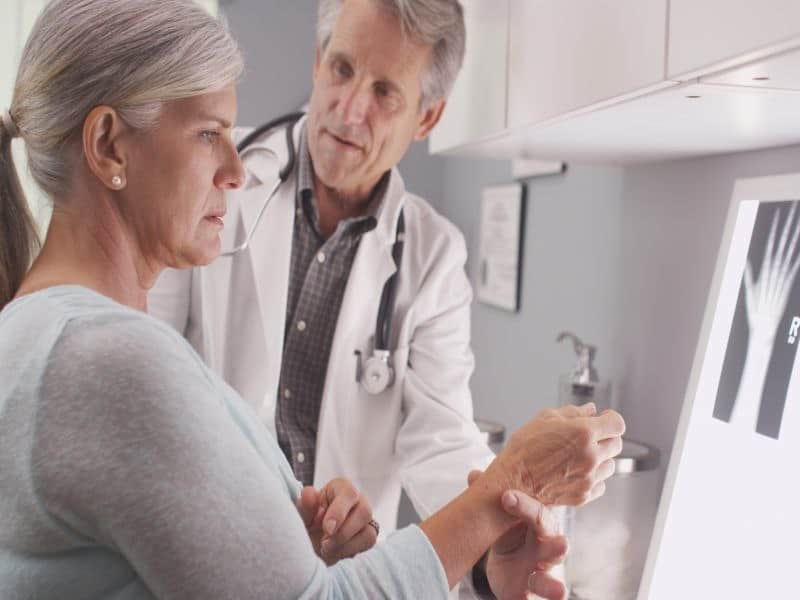WEDNESDAY, Sept. 18, 2019 (HealthDay News) — Despite increasing roles of nonphysician providers (NPPs) in health care (nurse practitioners and physician assistants), they still rarely interpret diagnostic imaging studies, according to a study published online Sept. 11 in the American Journal of Roentgenology.
Valeria Makeeva, M.D., from the Emory University School of Medicine in Atlanta, and colleagues used 1994 to 2015 Medicare Physician/Supplier Procedure Summary Master Files to identify all diagnostic imaging services, including those billed by NPPs. Then, the authors used 2004 to 2015 Medicare Part B 5% Research Identifiable File Carrier Files to assess state-level variation in imaging services rendered by NPPs.
The researchers found that during the study period, diagnostic imaging services increased nationally by 24 percent for Medicare beneficiaries. At the same time, diagnostic imaging services rendered by NPPs increased 14,711 percent, but still represented only 0.01 and 1.27 percent of all imaging in 1994 and 2015, respectively. For NPP-billed imaging services over all years, radiography and fluoroscopy were the most common and remained constant over time (94 percent of all services billed in 1994 and 2015), while absolute annual service counts for NPP-billed radiography and fluoroscopy services increased. NPP-billed imaging was most common in South Dakota and Alaska and was least common in Hawaii and Pennsylvania.
“Our work shows the need for NPP employers to consider formally defining potential NPP roles within radiology services through NPP training programs that comport with NPP scope of practice in their specific states,” the authors write.
Abstract/Full Text (subscription or payment may be required)
Copyright © 2019 HealthDay. All rights reserved.



